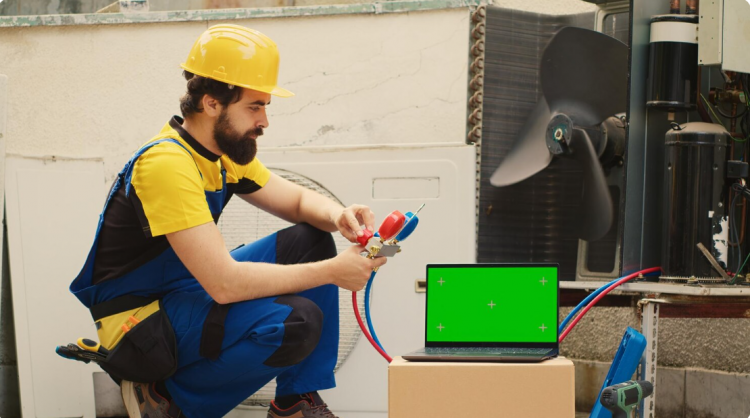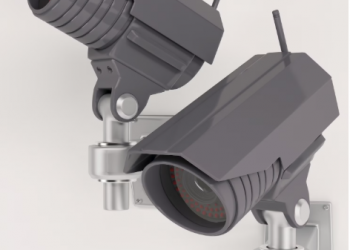In any building, the air around us quietly sets the mood. If it is too warm, too chilly, or feels like a dusty attic, comfort disappears fast. That is where HVAC systems come in. In this up-to-date 2025 guide, we explore how these systems work, the parts that power them, the main types available, and how to choose the right one. To begin, let’s take a step back and meet the term itself.
What is HVAC?
HVAC stands for heating, ventilation, and air conditioning, a trio of technologies that regulate indoor temperature, humidity, and air quality. It covers everything from furnaces and boilers to duct networks and cooling units. Together, these pieces keep indoor spaces comfortable and keep the air fresh by filtering out pollutants and allergens. For a deeper dive, visit the linked guide: What is HVAC?
Core Components of an HVAC System
To understand HVAC as a whole, it helps to look at its three main elements.
Heating units
Heating units warm indoor spaces during cold seasons. Furnaces burn natural gas or oil to create warm air, while boilers heat water that travels through radiators or underfloor systems. The idea is simple: move heat to the places people occupy.
Ventilation ducts
Ventilation ducts act like the building’s lungs. They bring in fresh outdoor air, carry out stale indoor air, and often filter dust, pollen, and other contaminants. These ducts can also move heated or cooled air from one end of the structure to another.
Air conditioning units
Air conditioners manage temperature and humidity during warmer months. They use compressors, condensers, evaporators, and refrigerant lines to pull heat from indoor air and release it outdoors. This cycle cools the interior and lowers humidity, making the environment more comfortable.
How the Components Work Together
Working as a team, heating units raise indoor temperatures, ventilation systems keep air flowing and clean, and air conditioning units cool and dehumidify. When balanced correctly, they create a steady indoor climate that feels natural and healthy.
Types of HVAC Systems
Modern HVAC systems come in several designs, each suited to different needs.
• Split systems, the most common option, pair an indoor evaporator unit with an outdoor compressor.
• Packaged systems combine heating and cooling in one compact casing for rooftops, attics, or tight spaces.
• Hybrid split systems can switch between gas and electric power for better energy control.
• Zoned systems use duct dampers to send air to selected rooms or floors.
• Ductless mini splits provide targeted temperature control without ductwork.
• Hydronic heating uses hot water to warm floors and radiators.
• Portable spot coolers chill large rooms or outdoor areas.
• Portable heat pumps offer both cooling and heating in a single movable unit.
Choosing the Right HVAC System
Selecting the right system depends on several factors: the size and layout of the building, local climate patterns, and the energy efficiency ratings of the equipment. Matching the system to the space ensures better comfort and lower long-term costs.
Conclusion
Doing careful research helps you find an HVAC solution that fits your needs, your climate, and your budget. Daikin, a global leader in HVAC technology, offers a wide range of high performance systems for residential, commercial, and industrial settings, from split units to VRF solutions. With innovative engineering and broad worldwide experience, Daikin continues to support comfortable environments across 140 countries. To learn more or explore system options, contact Daikin today.








